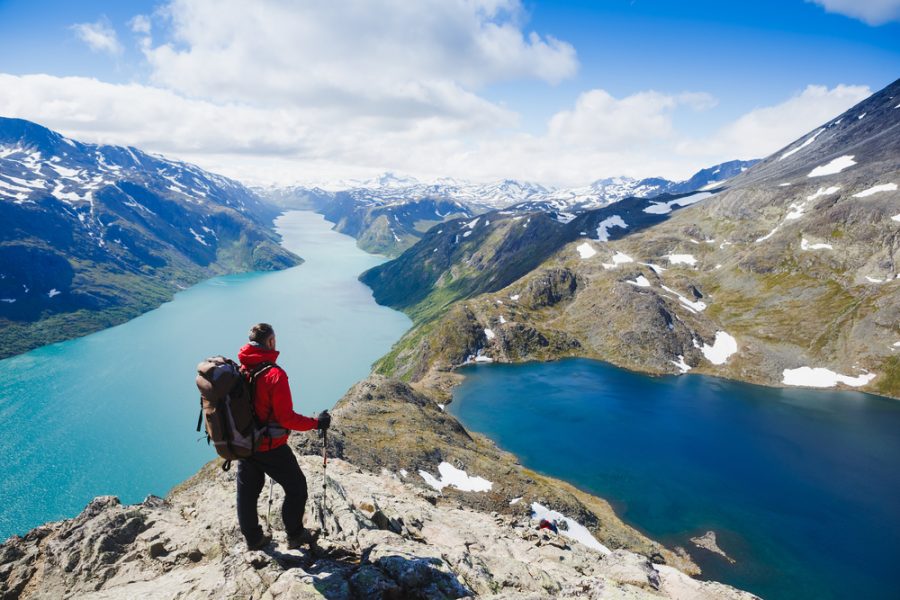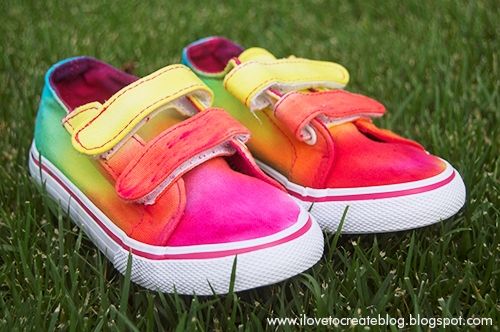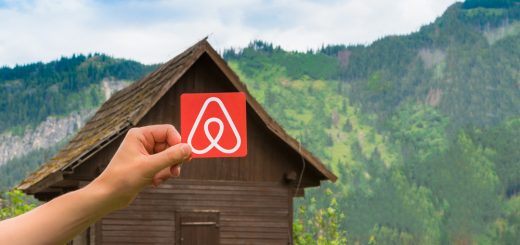5 Reasons to Invest in Quality Hiking Shoes for Men
Investing in quality hiking shoes can save you money over time. They’ll protect your feet and make hiking more comfortable.
The weight on your feet zaps about five times as much energy as that carried on your back. Lighter shoes will also reduce muscle fatigue and prevent blisters.
Lightweight
If you plan to go on a hike, it’s essential to ensure you have comfortable shoes or boots. Sore feet can quickly ruin the entire experience, so choosing the proper footwear is essential. The type of shoe or boot you need will depend on the hiking you plan to do. Lightweight shoes will be perfect for a short, easy hike. Lightweight doesn’t have to mean expensive. Utilize online resources and Hoka One One coupons to find shoes at affordable prices. Remember, investing in lightweight comfort is an investment in countless enjoyable adventures. They’ll allow you to walk longer distances with less effort. However, if you’re planning a longer hike, especially one that involves uneven or rocky terrain, you’ll need a sturdier boot for added support and stability. Heavy boots made of materials like leather are ideal for backpacking or longer trails. They are also often waterproof and have a rand, which provides extra protection from rocks and scree.

Durable
Modern hiking shoes have evolved to use rugged yet lightweight fabrics, moving away from heavier over-the-ankle boots and towards more agile low-top shoes. This is great news for hikers who want to cover more ground with less effort. It’s essential to choose the proper footwear for your hiking level. Easy trails won’t wear you out like rocky, uneven terrain. Most day hikers prefer shoes that sit just below the ankle. These shoes are sturdier than trail runners but lightweight, featuring rubber toe caps and medium-stiff midsoles to protect you from rocks and roots. Many hiking shoes also come in waterproof versions, with an impenetrable barrier between the exterior and interior linings that lets air pass through. Waterproof hiking shoes and boots require a longer break-in than regular footwear but can last for years. When shopping for hiking shoes and boots, visiting outdoor retailers specializing in them is best. They can help you find the right size, which is essential because feet swell throughout the day.
Comfortable
Modern hiking shoes are much more comfortable than their older counterparts, partly because of a shift to lightweight designs, harsh but thin fabrics, and the overall move from over-the-ankle boots to low-top shoes. Also, cushioning in the midsole and a more flexible front of the shoe allow you to move quickly and easily over rough and rocky terrain while remaining as stable as possible.
An excellent example of a hiking shoe that balances comfort and on-trail performance, it is perfect for casual day hikes or ambitious overnight missions. It offers excellent agility, support, stability, and durability. Plus, the deep lugged outsole and canted traction provide plenty of traction to traverse slippery and wet conditions.
Breathable
When hiking on a hot day, the last thing you want is a pair of shoes that soak up every drop of sweat. Luckily, plenty of hiking shoes offer breathability without sacrificing durability.
Other shoes feature soles with more traction for slippery terrain. Deeper lugs can help you grip rocks, roots, and muddy trails better than walking shoe soles.
It would help if you also considered how much traction you need about your hiking style. For example, if you hike primarily on paved trails, you might not need as much traction as shoes designed for mountain scrambling. Breaking in your shoes before using them for the first time on a long hike is also essential. Taking them on shorter walks around your neighborhood and running errands can help prevent blisters on your first trip out into the wilderness.
Safety
When going on a hike, it is imperative to wear appropriate footwear. According to the American Hiking Society, “appropriate footwear” is one of the top 10 hiking gear essentials. Wearing high-quality hiking shoes or boots can help reduce the likelihood of foot problems and injuries, such as stress fractures, sprained ankles, and blisters.
The type of hiking you plan to do will determine what footwear is best suited to your needs. If you are a day hiker, backpacker, or thru-hiker who carries a light pack on rocky terrain, then hiking shoes that rise to the ankle or just below are recommended. These provide more support and traction than running or fitness walking shoes while not as heavy as full-on hiking boots.
When shopping for hiking shoes or boots, it’s essential to try on several pairs and select the ones that fit well. Your feet tend to swell during long hikes, so you must ensure your footwear has at least half an inch of space for your toes at the front of the shoe. Also, look for a pair with speed lacing hooks to adjust the fit while hiking.












